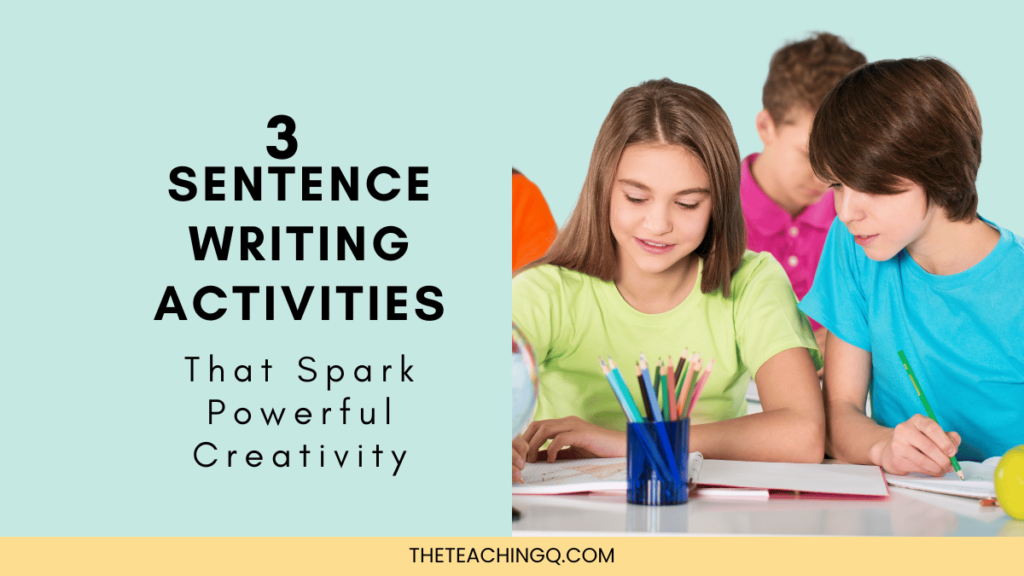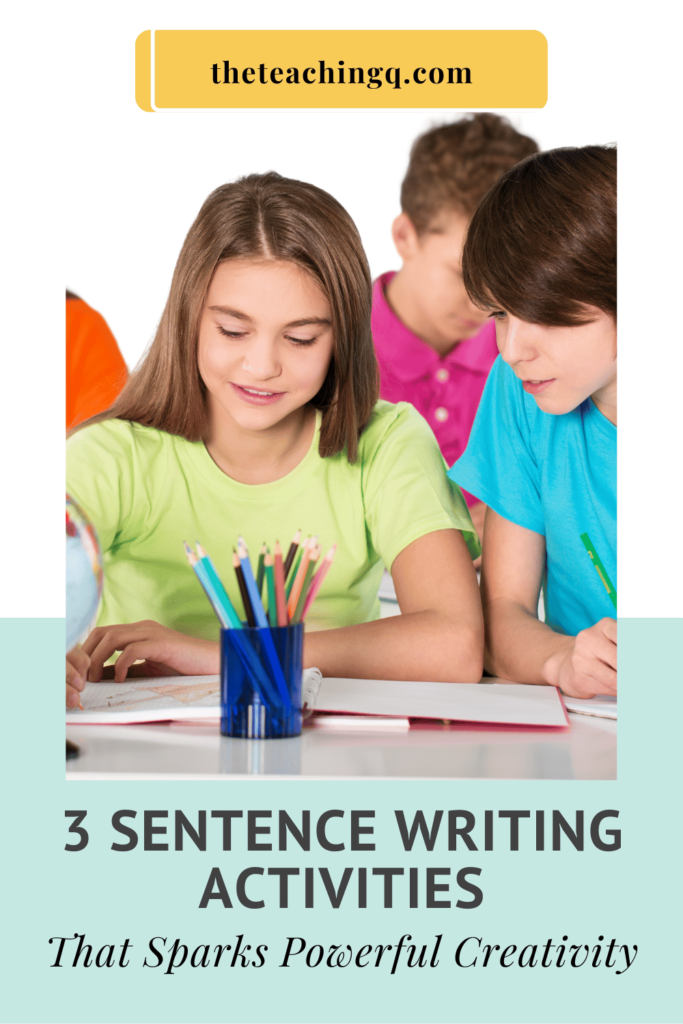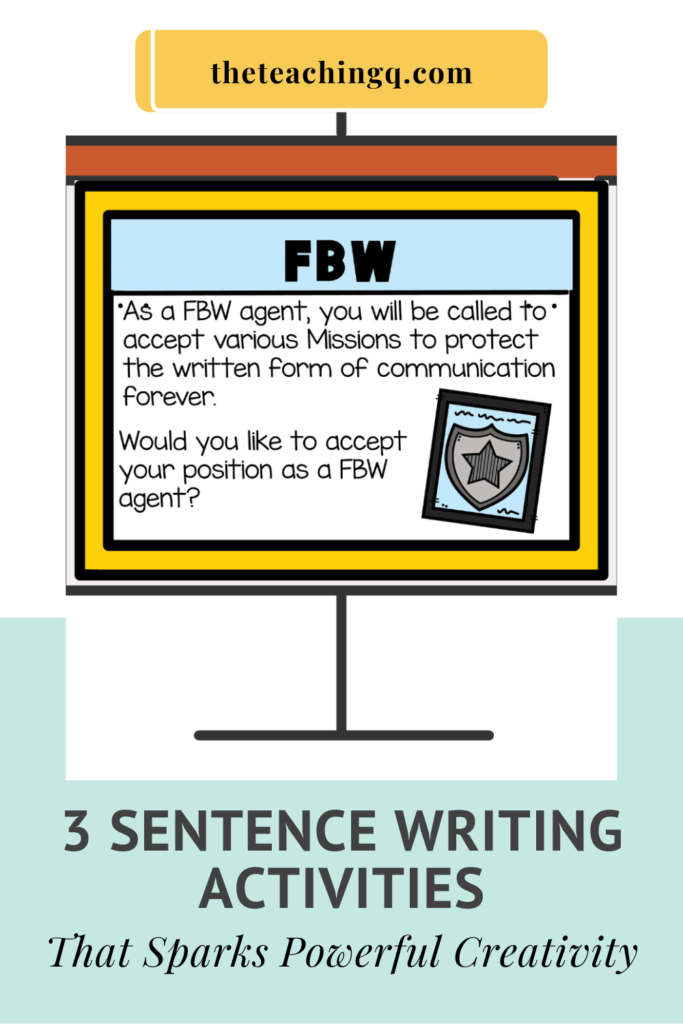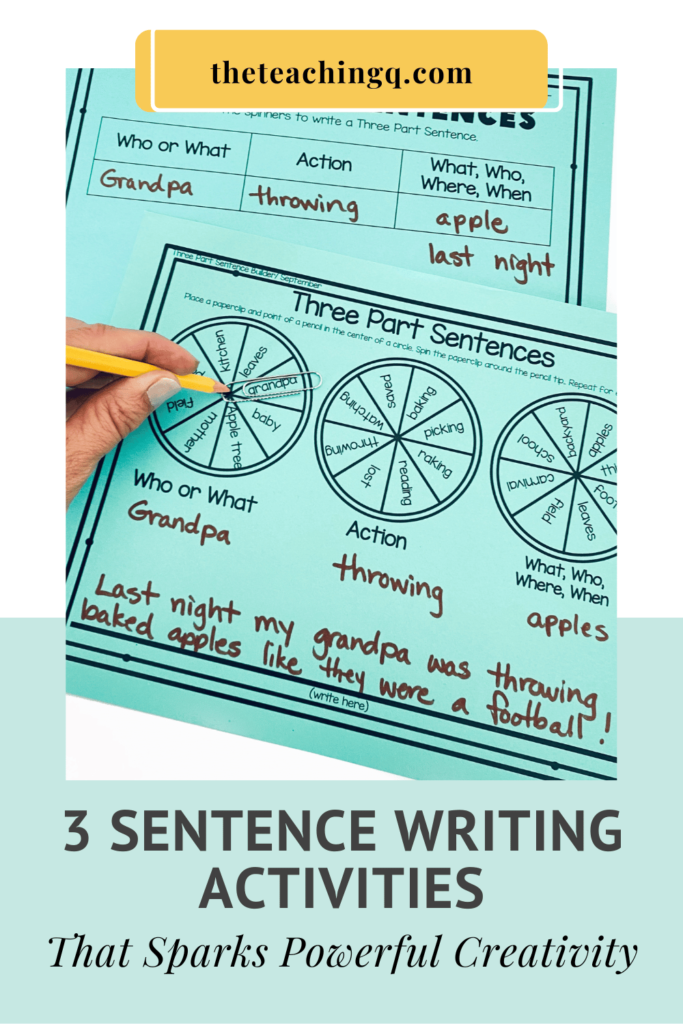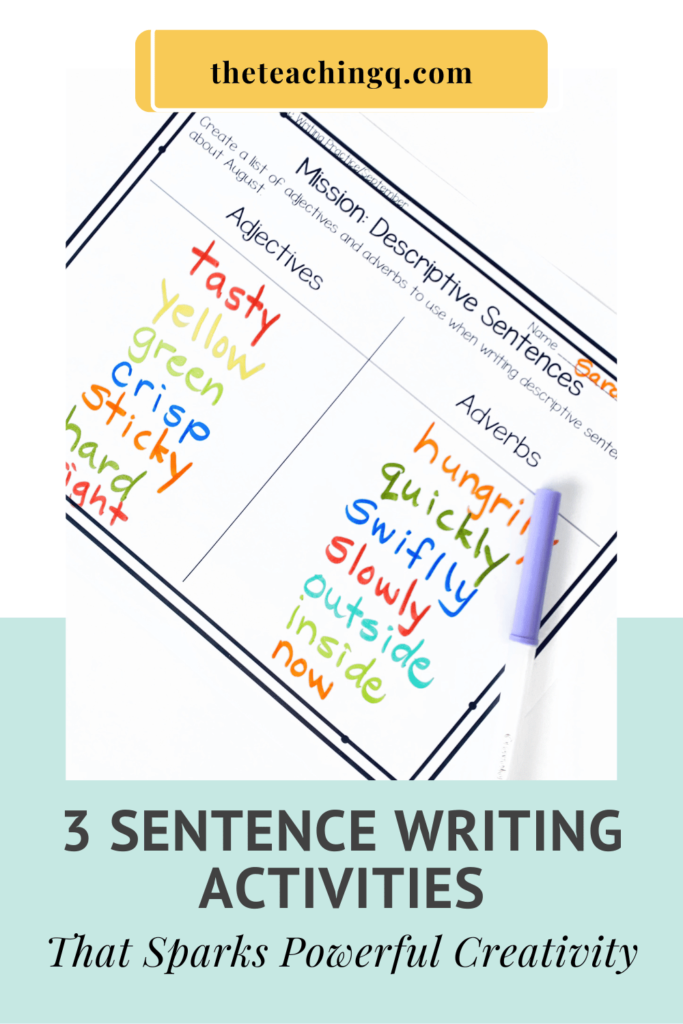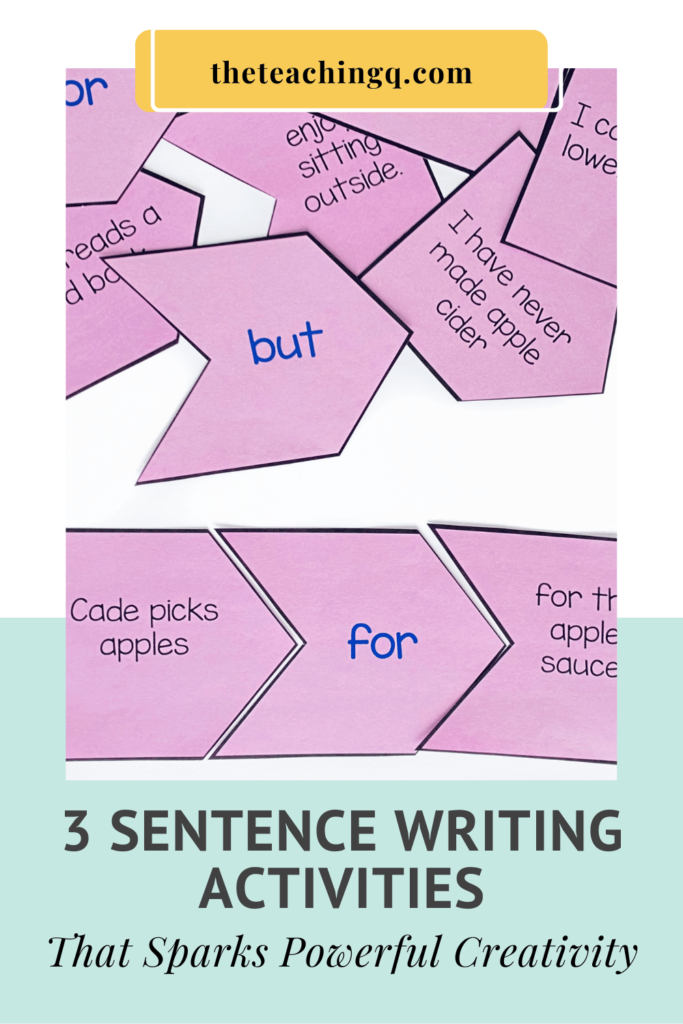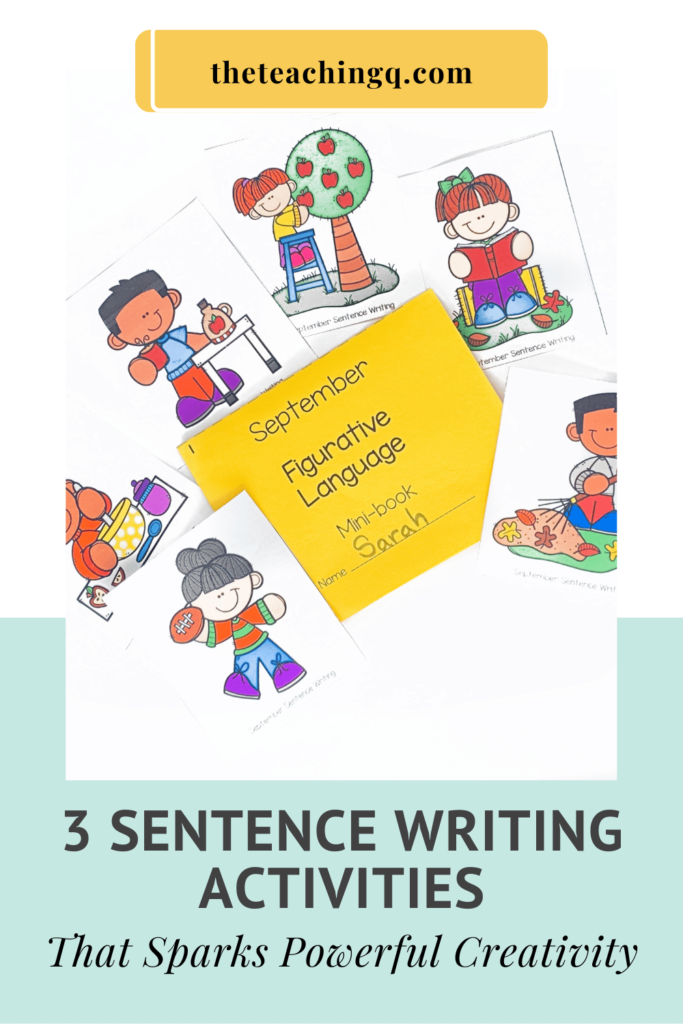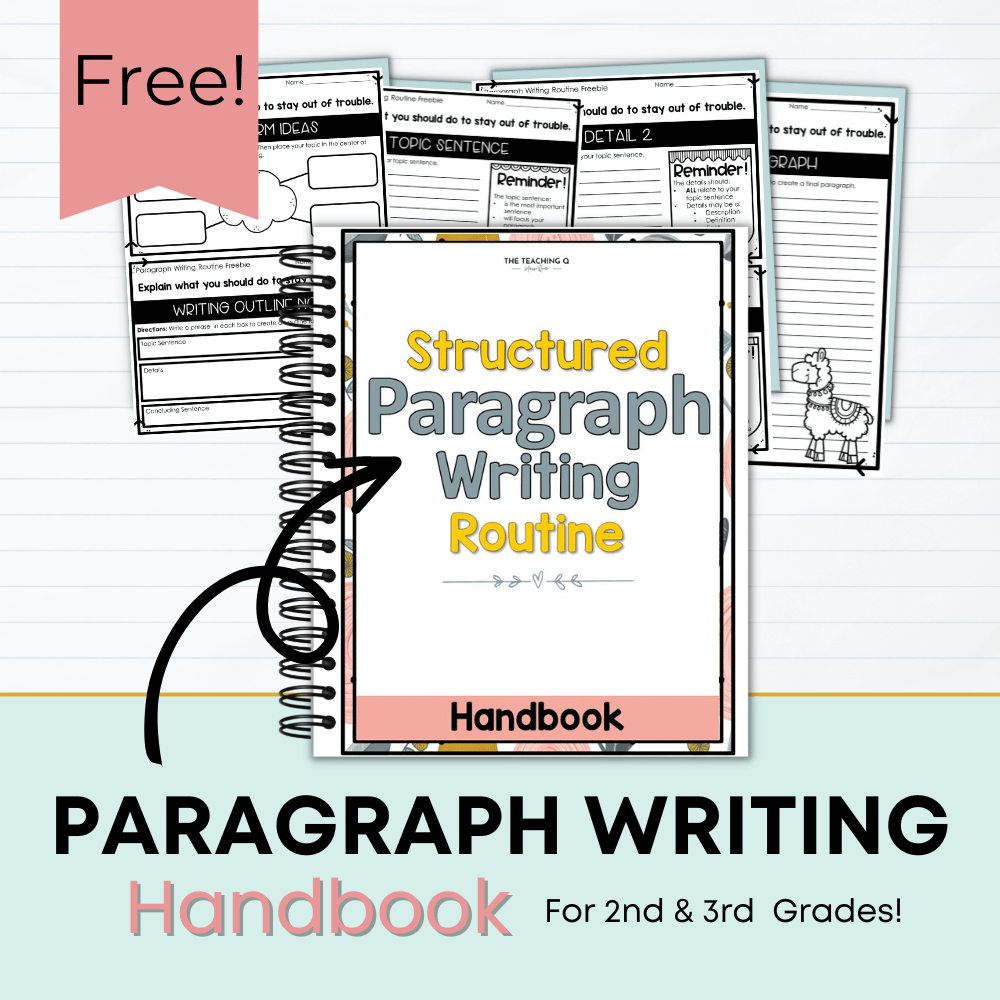Are you tired of hearing the monotonous drone of “I don’t know what to write”? Do your students lack enthusiasm when it comes to sentence writing, and then you find your sentence writing activities to fall flat?
Fear not!
In this blog post, I will share three exciting and motivating ways to teach sentence writing activities that will capture your students’ attention and leave them craving more. Buckle up because we’re about to embark on a journey filled with fun themes, hands-on, manipulative activities, and a predictable writing routine that will turn even the most reluctant writers into sentence-slinging superstars!
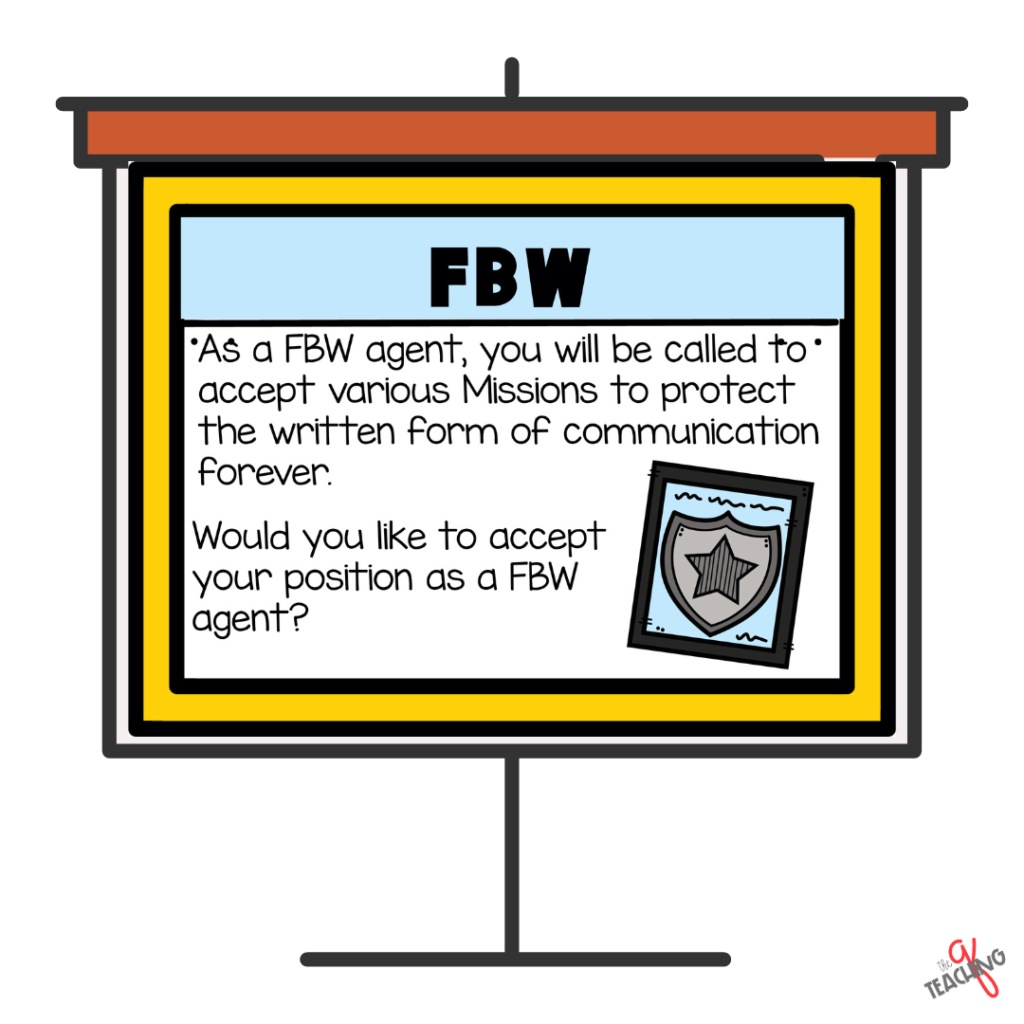
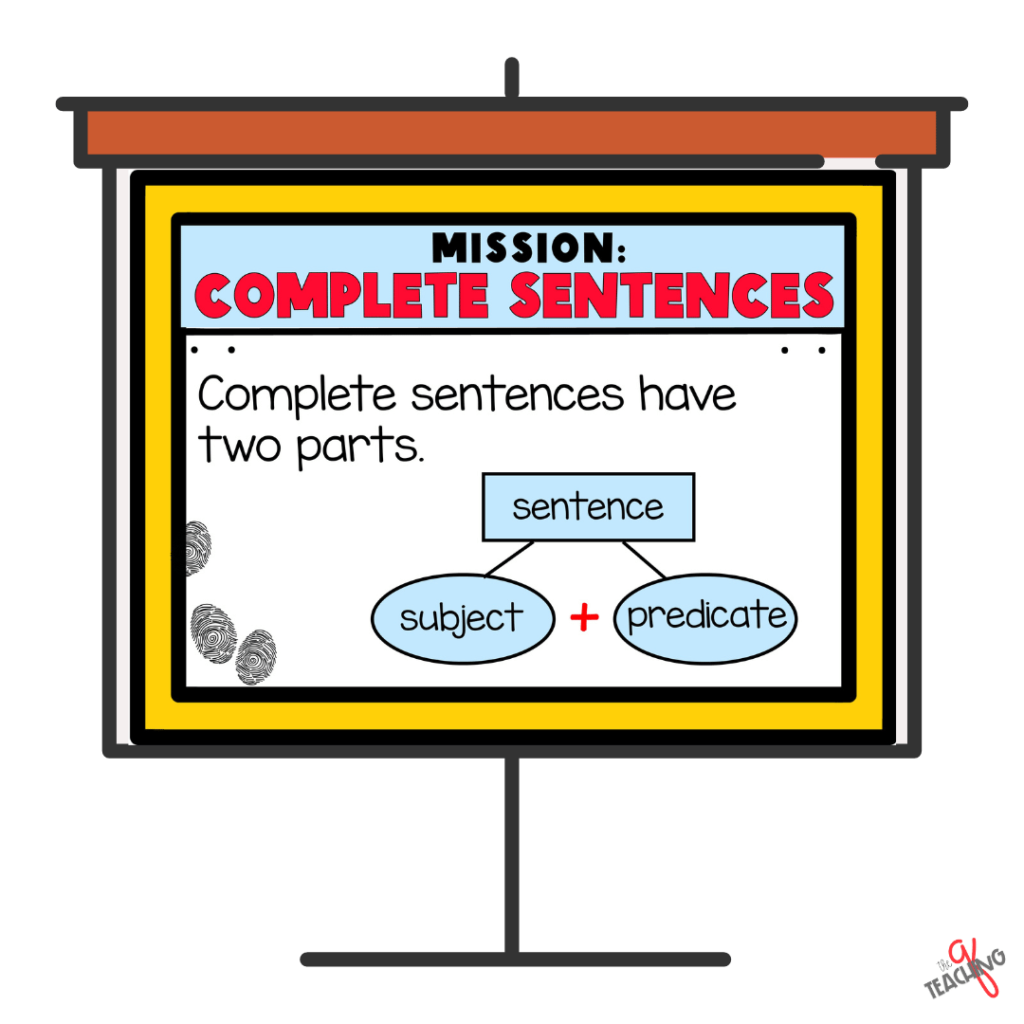
1. Hook, Line, and Sinker: The Federal Bureau of Sentence Writing Activities:
Elementary students thrive when they are immersed in engaging and imaginative learning experiences. That’s where the “Federal Bureau of Writing” resource comes into play! Imagine transforming your classroom into an adventure-filled arena of sentence construction, where students become secret agents on a mission to master sentence writing structures. The teacher will introduce the Federal Bureau of Writing as a top-secret agency dedicated to crafting powerful sentences. The resource provides direct instruction on each sentence structure, making it accessible and enjoyable for students.
The teacher will begin by explaining simple sentences, the building blocks of writing. Students will actively participate by identifying simple sentences in texts, constructing their own examples, and discussing how simple sentences convey information effectively. As the “agents” progress, the teacher will introduce compound sentences using FANBOYS (for, and, nor, but, or, yet, so). Students will actively engage in constructing compound sentences by combining two simple sentences. The teacher will guide them in understanding how FANBOYS connect ideas and add complexity to their writing.
Next, the teacher will explore sentence expansion, teaching students techniques to add details and descriptive language. Students will actively participate by expanding simple sentences with adjectives, adverbs, and prepositional phrases. Through engaging discussions and collaborative activities, students will learn how sentence expansion enhances their writing, creating vivid images in readers’ minds.
In addition, the teacher will introduce figurative language to improve sentences. Students will actively engage in identifying and using similes, metaphors, and other literary devices. They will have fun creating their own figurative language examples, bringing a touch of creativity and playfulness to their sentence writing.
By using the Federal Bureau of Writing resource and direct instruction on sentence structures, teachers can create a captivating learning environment that excites and motivates students to become sentence-writing experts.
2. Hands-On Fun with Manipulative Sentence Writing Activities:
Writing sentences on a blank page can be intimidating for young learners. To overcome this, incorporating hands-on, manipulative activities into your sentence writing lessons is key. These activities provide students with tangible tools to manipulate and construct sentences, turning what might have seemed like an abstract concept into something concrete and approachable. Here are some examples of how to incorporate hands-on fun:
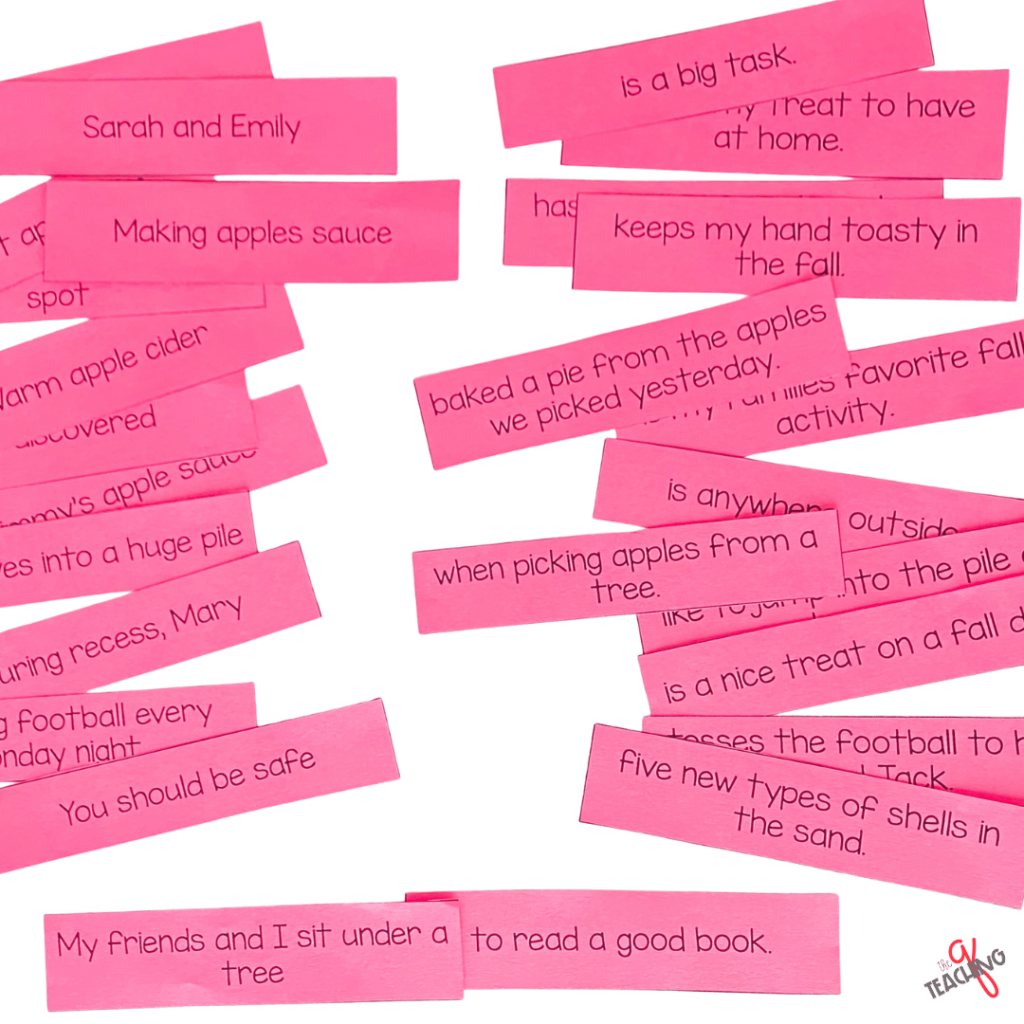
Matching Games:
The teacher will prepare sentence fragments or sentence structure cards with corresponding matches. Students will actively participate by matching the cards and constructing complete sentences. For example, they may match subject cards with predicate cards to create simple sentences. This activity encourages students to physically manipulate the sentence parts, fostering a deeper understanding of sentence structure.
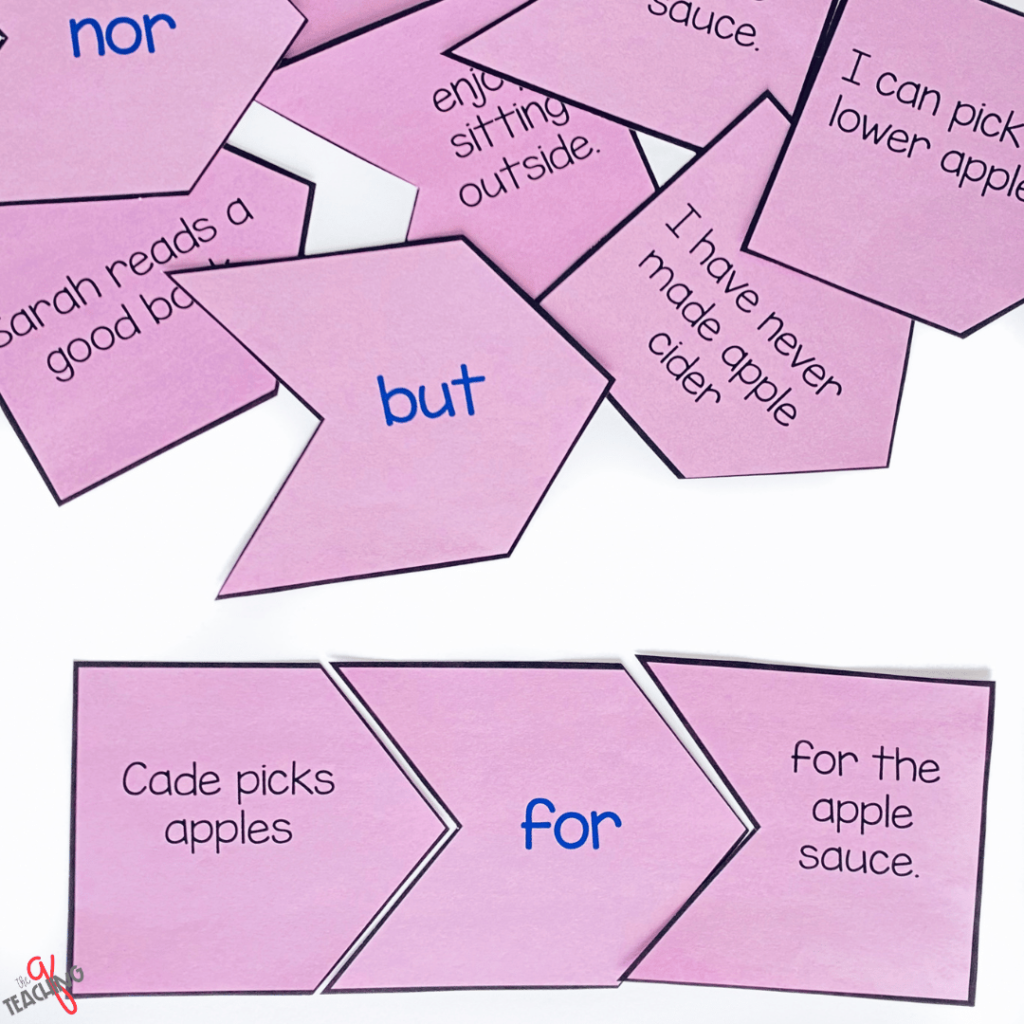
Sentence Writing Puzzles:
The teacher will create sentence puzzles by dividing sentences into jumbled word pieces. Students will eagerly rearrange the pieces to form coherent sentences. This hands-on puzzle-solving exercise helps students internalize sentence structure and improve their sentence-building skills. The teacher can gradually increase the complexity of the puzzles to challenge students as they become more proficient.
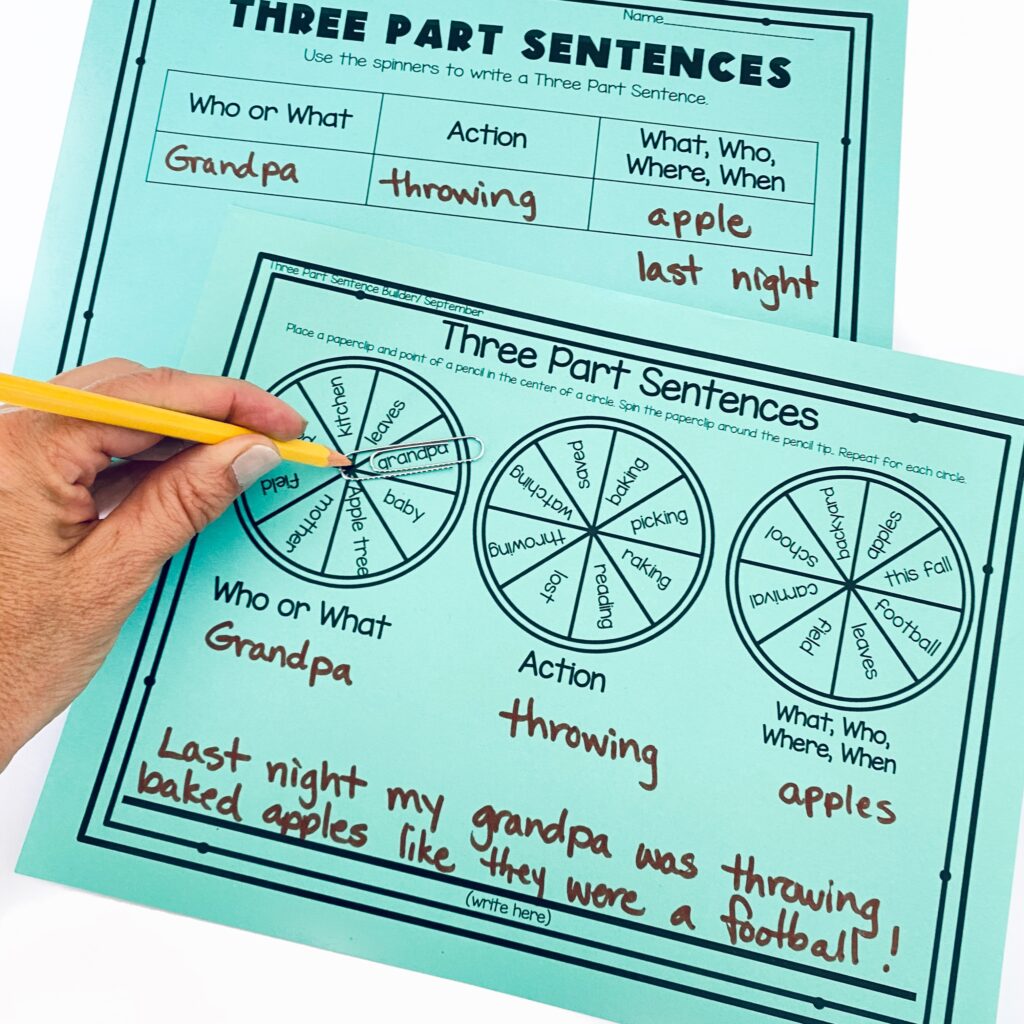
The Three-Part Sentence Writing Activity:
In the three-part sentence writing activity, we introduce a fun and interactive tool to spark our students’ creativity: the paperclip and pencil spinner!
- This activity engages students by combining hands-on manipulation with the excitement of chance. Students create a spinner with three circles by attaching a paperclip to the tip of a pencil.
- Each circle represents a different part of the sentence: the who or what (subject), the action or predicate, and the third part that adds more detail with what, who, where, or when.
- As students give the pencil a spin, they eagerly await the result, which determines the word for each part of the sentence.
This activity not only encourages active participation but also fosters a sense of adventure and unpredictability in the writing process. Students will enjoy the element of surprise as they combine the words generated by the spinner to construct unique and imaginative sentences.
It’s an excellent way to reinforce sentence structure while adding an element of fun to the learning experience!
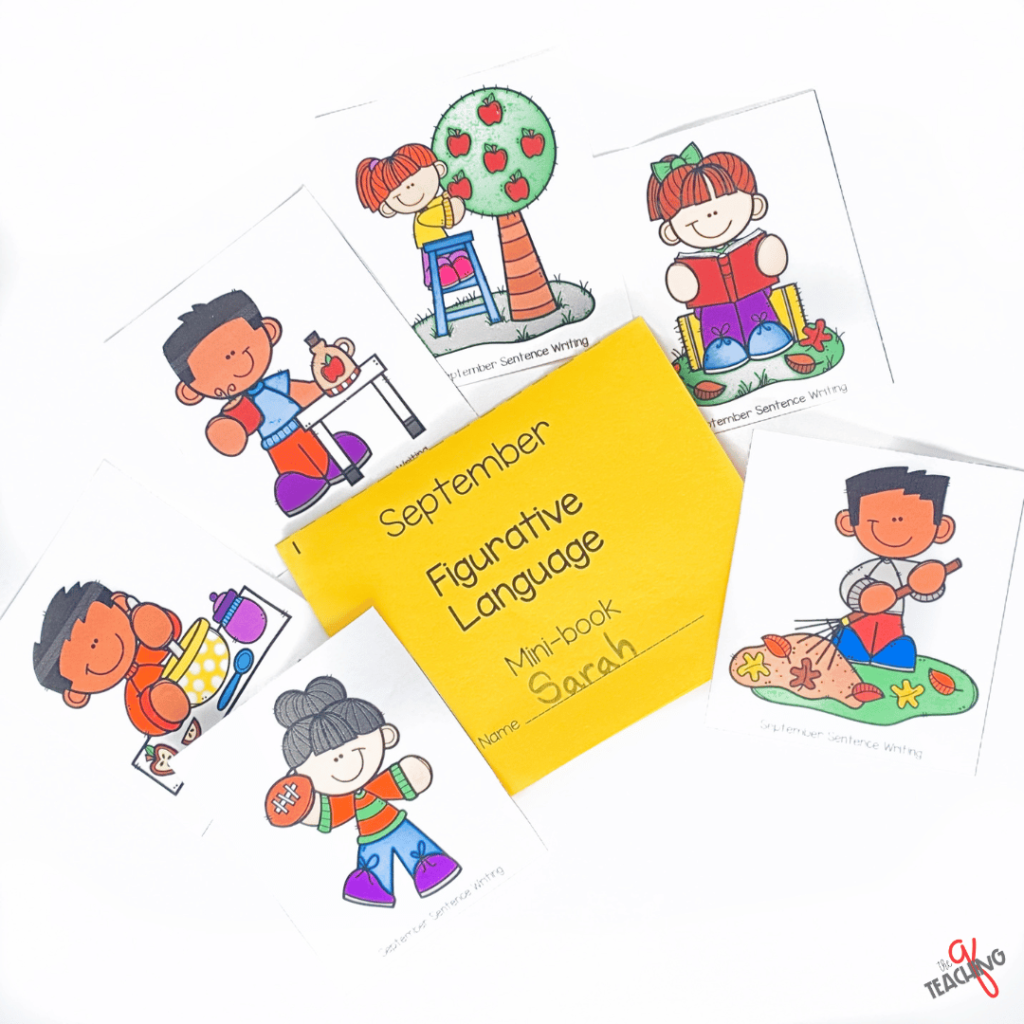
Figurative Language Mini-Books:
The teacher will guide students in creating mini-books that showcase different figurative language devices, such as similes, metaphors, and idioms. Students will actively participate by brainstorming and writing their examples of figurative language. They can illustrate their mini-books to bring figurative language to life. This activity encourages creativity while reinforcing vivid language in sentence writing.
By incorporating these hands-on, manipulative activities, students actively participate in constructing sentences, reinforcing their understanding of sentence structure enjoyably and interactively.
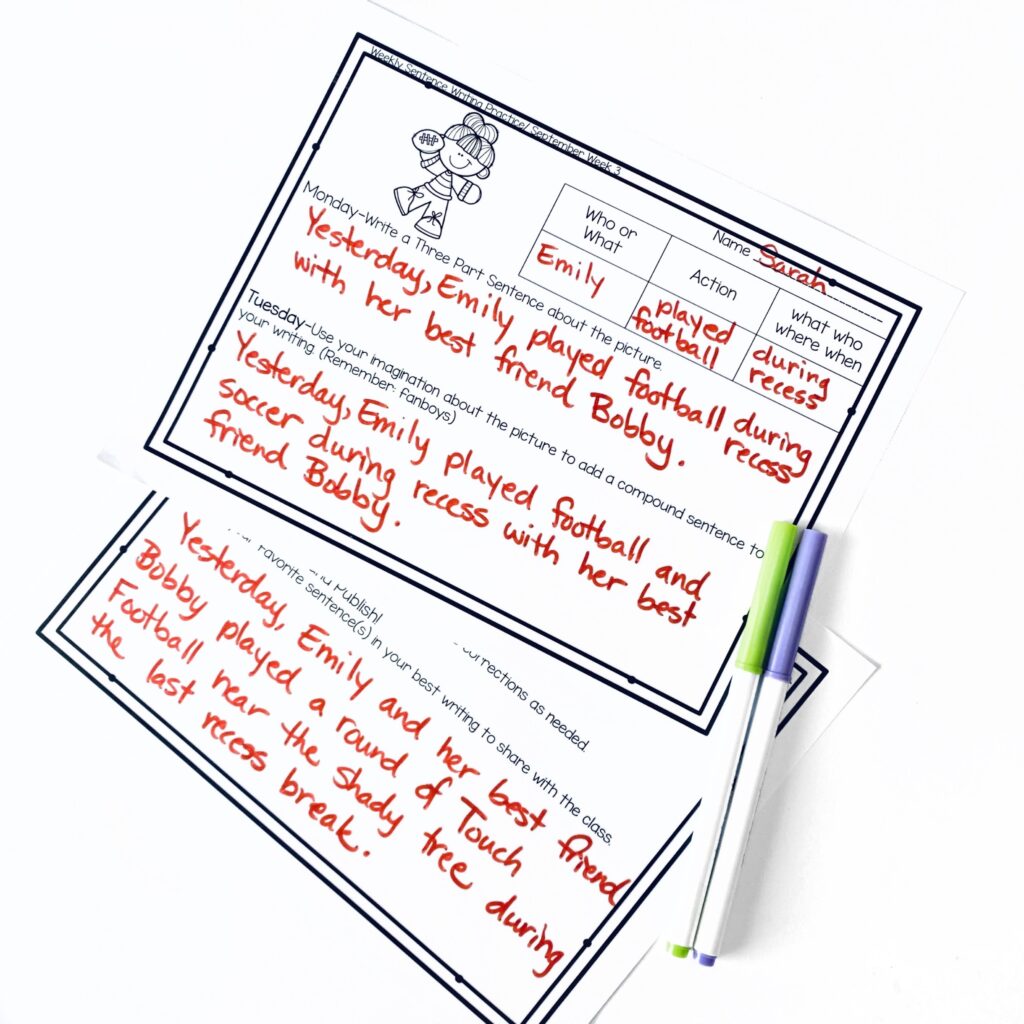
3. Practice Makes Perfect: The Predictable Writing Routine:
Practice is essential when it comes to mastering any skill, and sentence writing is no exception. Establishing a predictable writing routine allows students to apply their knowledge consistently and build fluency in sentence construction. Here’s how to implement a predictable writing routine that challenges students daily:
Daily Journal Entries:
Students will actively participate by writing daily journal entries using different sentence structures they have learned. The teacher can provide writing prompts or allow students to choose topics, encouraging creativity and personal expression. For example, each day of the week, students may focus on writing different types of sentences. Throughout the week, students experiment with simple sentences, compound sentences, three-part sentences, and so on.
“Students develop fluency and become more confident writers by consistently practicing different sentence structures.”
-Unknown
Short Stories:
Students will actively participate in crafting short stories that incorporate a variety of sentence structures. The teacher can guide them in planning their stories, reminding them to use different types of sentences to add depth and complexity. Students can share their stories with their peers, fostering a supportive and collaborative writing environment. This not only provides valuable writing practice but also allows students to appreciate and learn from each other’s creativity.
Silly Sentence Contests:
Engage students in friendly competitions where they actively participate in creating the most amusing and creative sentences. The teacher can set up challenges such as “Who can create the longest sentence using a compound sentence structure?” or “Who can come up with the silliest simile?” Students can take turns sharing their sentences aloud, bringing laughter and excitement to the writing process. This activity encourages students to experiment with sentence structure while having fun.
By incorporating a predictable writing routine, students actively apply their sentence writing skills in various contexts, allowing them to practice and refine their abilities. This routine creates a safe and supportive environment for students to take risks and develop their individual writing styles.
Final Thoughts on Setnece Writing Activities
Teaching sentence writing activities doesn’t have to be a tedious task. By implementing engaging strategies, you can excite and motivate your elementary students to become sentence-slinging superheroes! From the captivating theme of the Federal Bureau of Writing to hands-on, manipulative activities and a predictable writing routine, students actively participate in their learning journey. By directly teaching sentence structures, providing opportunities for hands-on engagement, and encouraging consistent practice, you’ll witness their confidence soar and their writing skills flourish.
Remember, humor and casualness are your allies in keeping young minds engaged. So, go forth, ignite their creativity, and watch as your students transform into confident and enthusiastic writers!
If you want to fast forward the process, I have the sentence writing activities available for each month of the school year, August through May. They are ready and all set to go. You can check them out below.
- August Sentence Writing Activities
- September Sentence Writing Activities
- October Sentence Writing Activities
- November Sentence Writing Activities
- December Sentence Writing Activities
- January Sentence Writing Activities
- February Sentence Writing Activities
- March Sentence Writing Activities
- April Sentence Writing Activities
- May Sentence Writing Activities
Interested in More?
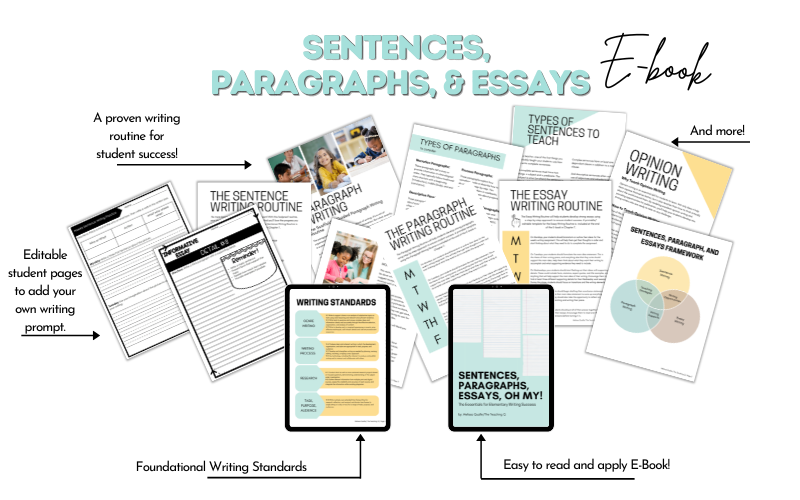
If you’re looking for more ideas on creating a writing routine that works for your elementary-aged students, be sure to check out my Sentences, Paragraphs, and Essays: Oh, my! E-book. You’ll love the tips, tricks, and activities to excite your students about writing!
-Melissa

